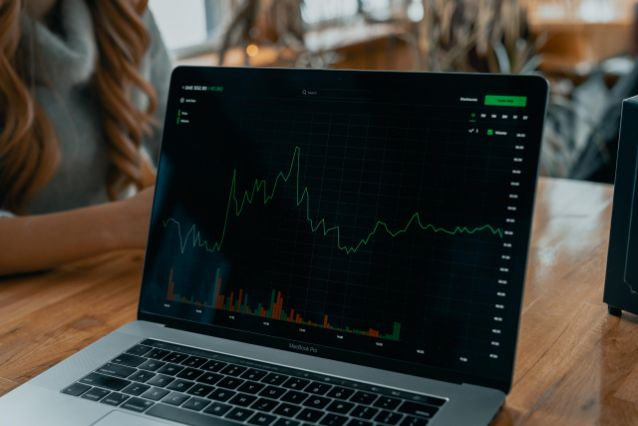In today’s world, technology continues to evolve, shaping our daily lives in new and exciting ways. Mobile devices have become essential tools for connectivity, but concerns about security and privacy persist. The rise of decentralized physical infrastructure networks (DePIN) offers a solution to these issues by leveraging the power of smartphones.
Web3 phones are entering the market, with products like Solana Mobile’s Seeker smartphone leading the way. Seeker boasts features like an upgraded crypto wallet and new reward mechanisms designed to unlock the potential of DePIN technology. These advancements signal a shift towards a more decentralized and secure digital future.
Centralized systems, like the recent technical issue with CrowdStrike’s software, highlight the need for a move towards decentralization. DePIN projects aim to create peer-to-peer networks where individuals have shared control, promoting community participation and reducing vulnerabilities to attacks.
Mobile devices play a crucial role in achieving DePIN at scale. With billions of people using smartphones globally, the network effect can be leveraged to create robust and efficient decentralized networks. The power of mobile devices, with advanced processors and high-speed internet connectivity, makes them ideal nodes for decentralized infrastructure.
Research has shown that mobile devices can enhance network efficiency, promote decentralization, and contribute to sustainable operations. By integrating mobile devices into DePINs, we can improve accessibility, efficiency, and sustainability, offering a viable alternative to centralized models.
DePIN technology is not just theoretical – it is already making an impact across industries like AI development and telecommunications. Decentralized networks enable individuals and smaller entities to access powerful AI capabilities and extend connectivity to underserved areas.
As we look to the future, the mass adoption of Web3 technologies hinges on a mobile device-driven approach. By attracting more users to participate in decentralized networks, we can create a stronger, more robust ecosystem that offers genuine alternatives to centralized solutions.
In conclusion, the potential of DePIN technology is vast, with transformative applications across various industries. By embracing decentralized infrastructure, we can enhance efficiency, security, and sustainability in our digital landscape. The path forward is clear – with mobile devices at the forefront, we can unlock the full potential of DePIN and build trustless networks that benefit us all.














